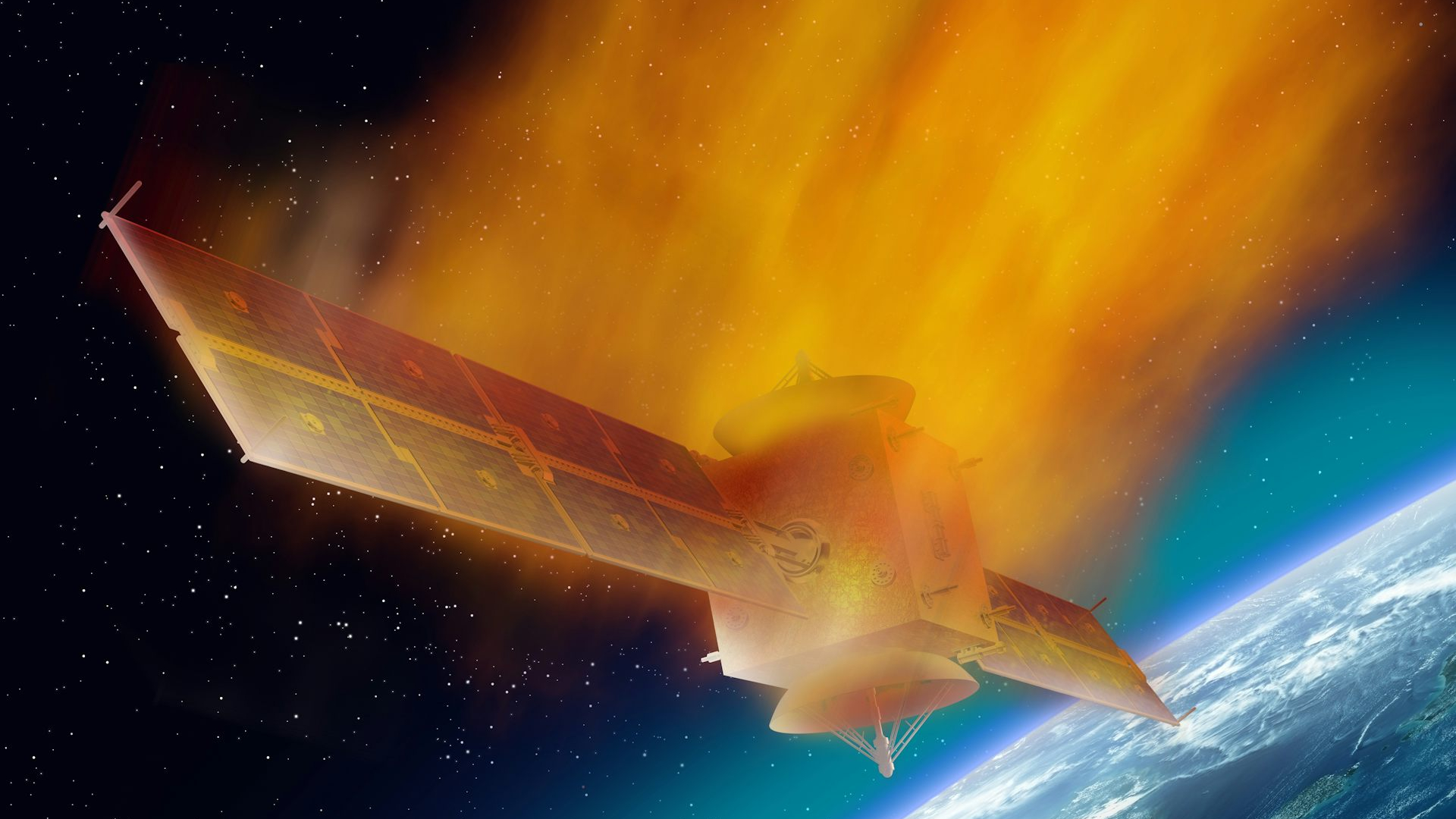The booming space industry has brought with it a new environmental concern – the pollution caused by rocket launches and the burning of satellites in Earth’s atmosphere. Space pollution is emerging as a significant threat, with the potential to disrupt the planet’s atmosphere and ozone layer. Experts are racing to understand this novel crisis before it’s too late.

The Alarming Rise of Space Pollution
The number of rocket launches has nearly tripled in the past 15 years, while the number of satellites orbiting the planet has increased tenfold. This surge in space activity has led to a significant increase in the amount of space junk – old satellites and spent rocket stages – that eventually falls back to Earth. Experts estimate that a few hundred tons of this debris now vaporizes in the atmosphere every year, and that number is expected to grow exponentially.
Moreover, the space industry has ambitious plans to launch even more satellites in the coming years. Applications have been filed for the deployment of 1 million satellites, and experts predict that around 100,000 spacecraft may be circling the Earth by the end of this decade. The majority of these satellites will belong to megaconstellation projects, such as SpaceX’s Starlink.
This surge in space activity is not without consequences. The incineration of satellites in the atmosphere produces various pollutants, including aluminum oxides and soot, which can have a significant impact on the planet’s atmosphere and climate.
The Dangers of High-Altitude Pollution
The air pollution from rocket launches and satellite reentries is unique in that it is released at much higher altitudes than traditional ground-based sources. Rocket exhaust is emitted throughout the entire climb through the atmospheric column, while satellites burn up between 37 and 50 miles (60 to 80 kilometers) above the Earth’s surface.
This high-altitude pollution poses a significant threat because the particles can remain suspended in the thin upper atmosphere for an extended period, potentially hundreds of years. The aluminum oxides and soot can accumulate and have far-reaching effects on the planet’s thermal balance and ozone layer.
Studies have found that concentrations of aluminum oxides in the mesosphere and stratosphere could increase by 650% in the coming decades due to the rise in reentering space junk. This could lead to significant ozone depletion, allowing more harmful ultraviolet radiation to reach the Earth’s surface.
Similarly, the increase in soot-producing rocket launches is expected to have a similar effect on ozone depletion. Researchers have also suggested that the metallic ash accumulating in the stratosphere could even interfere with the planet’s magnetic field, potentially allowing more cosmic radiation to reach the surface.
Unlike ground-based air pollution, which is contained within the troposphere, this high-altitude pollution is largely untested and poorly understood. As the space industry continues to grow, the potential for catastrophic environmental consequences becomes increasingly alarming.
Addressing the Space Pollution Crisis
Currently, air pollution from rocket flights and satellite reentries is not subject to any regulations, and the space industry’s rapid expansion has outpaced our understanding of its environmental impact.
Experts are calling for urgent action to address this emerging crisis. The nonprofit Public Interest Research Groups (PIRG) has recently called on the Federal Communications Commission (FCC) to halt all megaconstellation satellite launches until the environmental impacts of satellite reentries are thoroughly assessed.
Researchers are also exploring potential solutions, such as controlling the reentry trajectory of satellites to ensure they burn up at lower altitudes, where the resulting metal oxides and other pollutants will eventually fall to the ground rather than remaining suspended in the upper atmosphere.
Additionally, the space industry and policymakers need to work together to develop comprehensive regulations and guidelines to mitigate the environmental impact of rocket launches and satellite reentries. This novel threat is currently outside the scope of existing international space and environmental protection treaties, and urgent action is needed to prevent a potentially catastrophic environmental crisis.
As the space industry continues to expand, the clock is ticking. Experts warn that if we don’t take immediate action, it may be too late to prevent serious and long-lasting damage to our planet’s atmosphere and climate. The future of our environment may very well depend on how quickly we can address the growing threat of space pollution.
